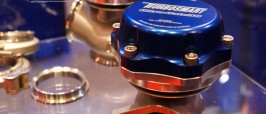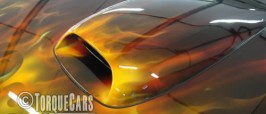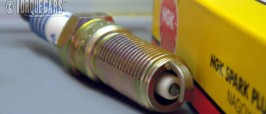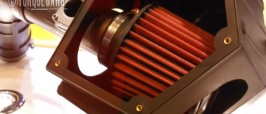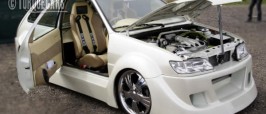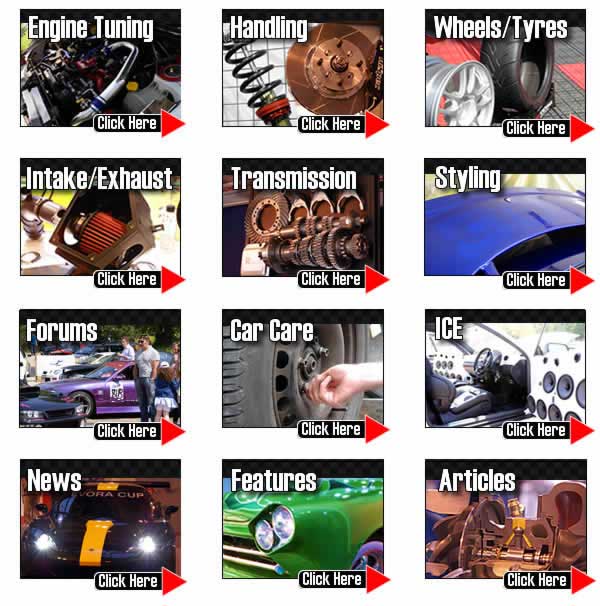
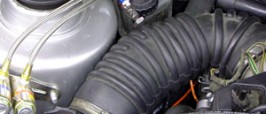
You’ve finished tuning up your engine but you find that at full throttle the engine splutters or stalls. When you get the car on a diagnostic you find that the knock sensor is kicking in to protect the engine.
Engine knock is a condition where the fuel inside the engine ignites prematurely and occurs within an engine running at high compression. (It can also be caused by other factors including low octane/poor quality fuel or hot spots within the engine.)
Increase engine displacement with a rebore.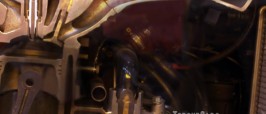
You can increase the power of an engine by increasing its capacity. This is a fairly involved process and requires a good deal of research and preparation. Unless you want to have to retrace your steps and go a different route midway in to the job.
Some of TorqueCars.com members have had their engines rebored ,and this does seem a good way to increase power. However there are a few things we should take into account.
High performance sports exhausts systems and mods.
Sports exhaust design and performance gains. "Blow that – exhausting stuff." TorqueCars will take a look at sports exhausts as […]
Fuelling uprating the fuel pump, injectors and fuel pressure regulator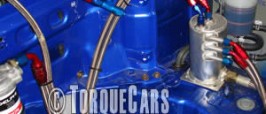
Fuel systems "A car with a drink problem!" Cars need a precise mix of oxygen and fuel to burn effectively. […]

